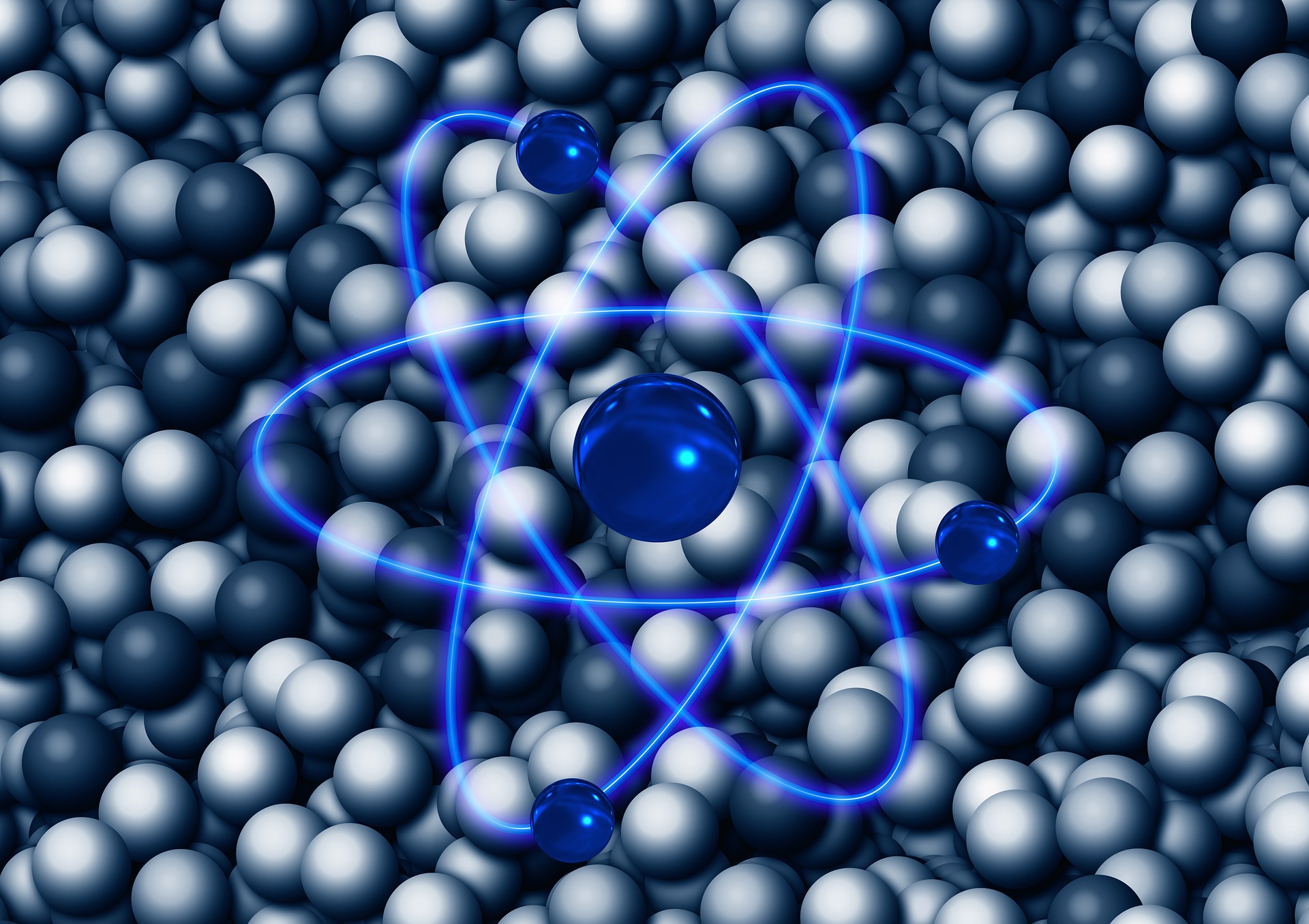Sixty of the world’s foremost particle physicists convened in Sudbury last week to chart the course of a burgeoning area of research that may significantly enhance our comprehension of physics and the cosmos. This investigation could lead to a revision of the Standard Model of Physics, with Sudbury’s SNOLAB, situated deep within Vale’s Creighton Mine, playing a pivotal role. SNOLAB’s Executive Director, Jodi Cooley, stated in a press release that the facility’s low-background setting is perfect for examining extremely rare physical interactions. SNOLAB’s extensive experience in hosting and supporting large-scale experiments makes it a prime candidate for projects of this magnitude.
Researchers are considering two experiments focused on neutrinoless double beta decay. Hundreds of scientists, technicians, and engineers from various universities across the world would be involved in each partnership, and each large-scale experiment would cost more than $400 million to conduct at SNOLAB. Cooley noted that a decision regarding the execution and location of these large experiments is at least a year away, with the commissioning of these projects several years off. The search for neutrinoless double beta decay is one of the most fascinating and compelling challenges in modern physics. If observed, this hypothetical radioactive process would establish the neutrino as a Majorana fermion: a particle that is its own antiparticle. Key players from the global particle physics community were gathered at the 2nd International Summit on the Future of Neutrinoless Double Beta Decay, which was sponsored by SNOLAB last week with the goal of advancing strategy and progress in this scientific priority.
“Tonne-scale neutrinoless double beta decay experiments have been a priority for the international particle physics community for several years,” said Cooley. “With this two-day summit concluded, we have agreed to continue our efforts to explore this thrilling field of study, and SNOLAB is well-equipped to play a significant part,” she added. Two large international collaborations, nEXO and LEGEND-1000, presented their proposals for tonne-scale experiments at the summit. Both projects offer unprecedented sensitivity to neutrinoless double beta decays and are seeking a location.
Both collaborations have identified SNOLAB as their preferred site, and if the commitment of the international particle physics community remains strong, SNOLAB will likely host at least one of the experiments, according to Cooley. A third experiment, CUPID, is already being planned for Laboratori Nazionali del Gran Sasso in Italy. Although difficult to detect and measure, neutrinos are tiny, almost massless particles with no electrical charge that may hold the solution to many unsolved cosmic mysteries. Particle physicists are looking for a highly rare (and still hypothetical) kind of double beta decay in order to understand neutrinos better. Double beta decay is a process in which a nucleus decays into another nucleus, emitting two electrons and two antineutrinos. The “neutrinoless” type of double beta decay is distinct because it only emits two electrons and no antineutrinos. Since neutrinoless double beta decay has not yet been observed and is inconsistent with the known laws of physics, it is on the edge of human understanding. The Standard Model of Physics would be revised as a result of finding this process, greatly advancing our knowledge of both physics and the universe.


